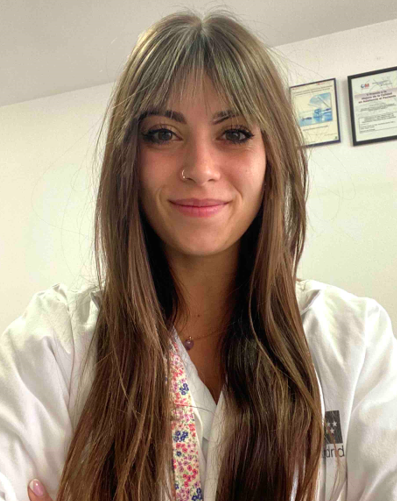Durante la segunda mitad del siglo XVI se desplaza el interés de los clínicos hacia las dolencias venereas y las carnosidades uretrales (estrecheces) en detrimento de los procesos litiásicos.
Son de especial relevancia para nosotros, en el periodo cumbre de las ciencias médicas en tierras valencianas, Miguel Juan Pascual quien en su obra “Morborum internorum” (1555) sintetiza magistralmente todo lo conocido sobre la sífilis en su época, su origen, diagnóstico y curación, Juan Calvo considerado uno de los mejores cirujanos del siglo XVI y Miguel de Leriza autor del “Tratado del modo de curar las carnosidades y callos de la vía de la orina”.
El barroco fue una época de crisis general en España y en el Antiguo Reino de Valencia, especialmente patente en campos como la anatomía y la cirugía. La grave decadencia que sufrió durante estos años la producción científica valenciana resulta evidente. Ni un solo texto anatómico se publicó en la primera mitad del siglo XVII, mientras que en el terreno quirúrgico solo la “Recopilación de toda la teórica y prática de Cirugía”, de Alonso Romano puede considerarse digna de mención.
La ilustración trajo consigo nuevos aires reformistas y en torno a las florecientes academias científicas, se congregó lo más selecto de la intelectualidad valenciana. Andres Piquer Arrufat es considerado la máxima figura de la medicina valenciana de este periodo.
No es hasta después de la guerra de independencia y el reinado de Fernando VII que falleció en 1833 cuando se sientan las bases de la moderna urología y su consolidación como especialidad a finales del XIX. Las figuras valencianas principales de este periodo son Miguel Mas y Soler, Alejandro Settier y sobre todo Rafael Mollá y Rodrigo.
During the second half of the XVIth century the interest of the clinicians moves towards the venereal ailments and the urethral carnosities (narrowness) to the detriment of the litiasic processes.
They are of special relevancy for us, in the period summit of the medical sciences in Valencian lands, Miguel Juan Pascual who in his work “Morborum internorum” (1555) there synthesizes everything known on the syphilis in this epoch, its origin, diagnosis and treatment, Juan Calvo considered one of the best surgeons of the XVIth century and Miguel de Leriza author of the “Tractatus of the way of treating the carnosities and corns of the route of the urine”.
The baroque was an epoch of general crisis in Spain and in the ancient Kingdom of Valencia, specially clear in fields as the anatomy and the surgery. The serious decadence that suffered during these years the scientific Valencian production turns out to be evident. Not even an alone anatomical text was published in the first half of the XVIIth century, whereas in the surgical area the “Summary of everything about the theoretical and practice of Surgery”, of Alonso Romano can be considered deigns of mention.
The illustration brought new reformists airs and around the flourishing scientific academies, there congregated the most select of the Valencian intellectuality. Andres Piquer Arrufat is considered to be the maximum figure of the Valencian medicine of this period.
Not even after the war of independence and the reign of Fernando VII who died in 1833 when there sit down the bases of the modern urology and the consolidation as speciality at the end of the XIXth. The Valencian principal figures of this period are Miguel Más y Soler, Alejandro Settier and especially Rafael Mollá y Rodrigo.
Artículo
Comprando el artículo el PDF del mismo podrá ser descargado
Precio 19,34 €
Comprar ahora









